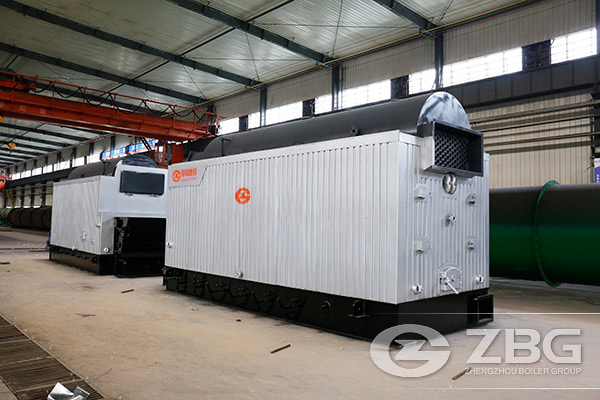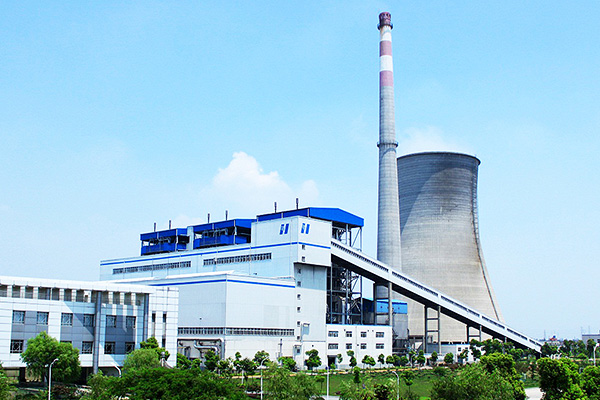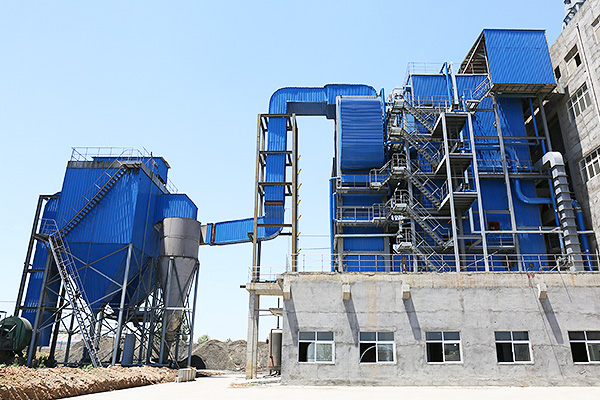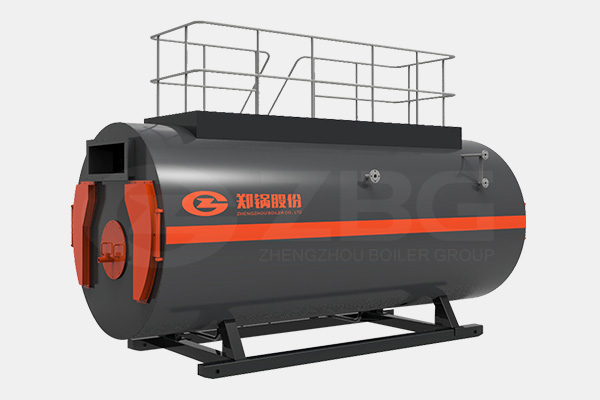Development Potential of Biomass Fuel in Ukraine

Ukraine is now reducing coal production at twice the speed of basic resource changes, and biomass energy is being widely promoted.
1.Forest biomass
The forests of Ukraine are distributed very irregularly over the country as a result of climatic conditions and anthropogenic impacts over a long period of time. The largest forest territories are concentrated on the north and on the west parts of country, in Polyssja (mixed forests) zone and in the Ukrainian Carpathians. Coniferous forests occupy 42% of the total forested area, including pine (Pinus sylvestris L.) that dominates on 32% and spruce (Picea abies Karst.) and fir (Abies alba Mill.) that cover ~10%. Hardwood species cover 43%, of which European oak (Quercus robur L.) and common beech (Fagus sylvatica L.) dominate at 32%, and almost 15% of the forest area consists of softwood broadleaves and shrubs.
statistical method For calculation of potential of forest biomass in Ukraine:
Woody biomass - The mass of the woody parts (wood, bark, branches, twigs, stumps and roots) of trees, alive and dead, shrubs and bushes, measured to a minimum diameter of 0 mm (d.b.h.) Includes: Above-stump woody biomass, and stumps and roots.
Stemwood - Part of tree stem from the felling cut to the tree top with the branches removed, including bark.
The primary forest residues (wood harvest residues) include several types of woody biomass – biomass from pre-commercial thinnings (often the whole tree), logging residues (branches, tree tops and leaves or needles) and stumps.
The secondary forest residues (wood processing residues) include various types of biomass originating during industrial processing of timber: sawdust & cutter chips, bark, slabs, lump wood residues, black liquor.
2. Agricultural biomass
Ukraine has 60.35 mill hectares of land. Of this, 70% is agricultural land, 17% is used for forestry, the rest is for housing, industrial and other purposes. Ukraine’s agricultural sector employs 23.1 percent of the work force, but comprises only 6.5 percent of GDP.
Today about 30% of technical potential of wood biomass is used for energy, first of all this is production of heat form firewood in private households and social infrastructure in rural areas; use of wood residuals in order to obtain thermal energy for heating and technological needs on wood processing plants, production of wood briquettes, pellets (fuel pellets), charcoal, etc. Over 60% of these amounts of wood biomass is annually exported (sawdust briquettes, pellets, fuel wood chips, charcoal, firewood).




